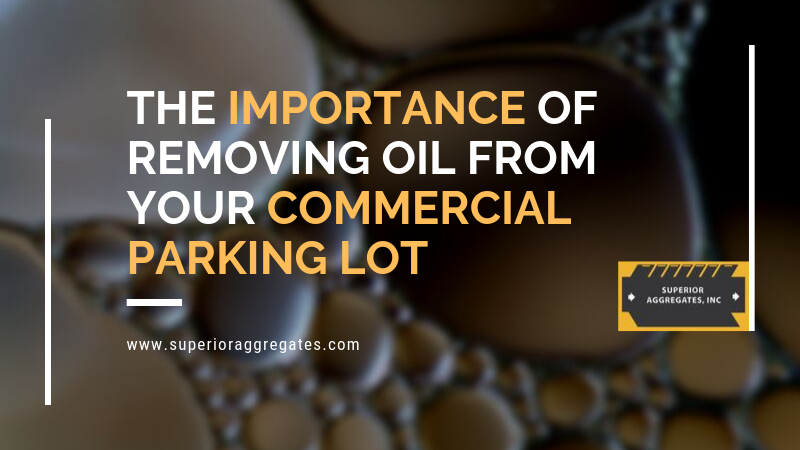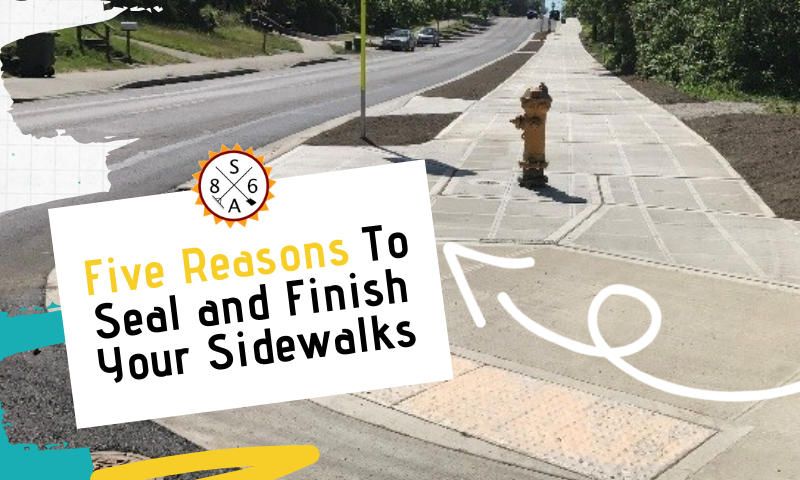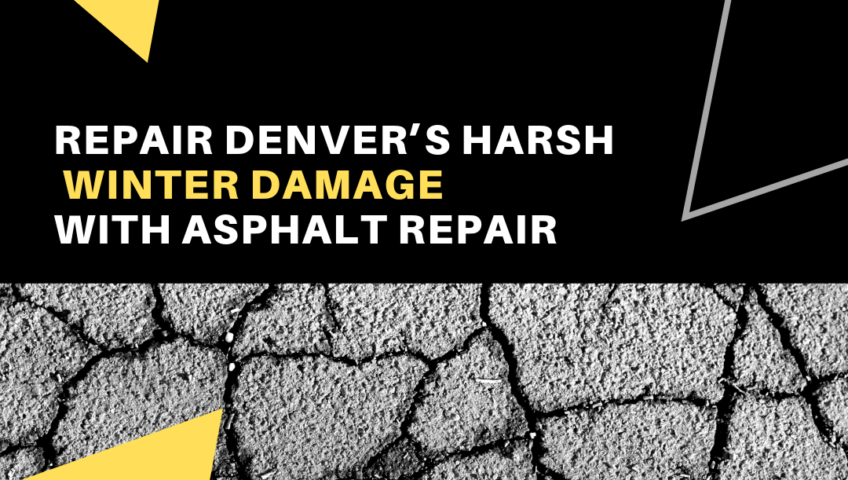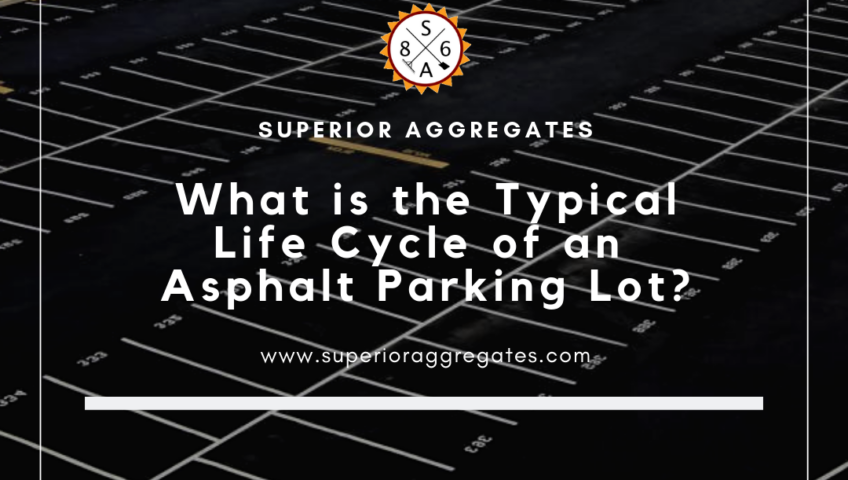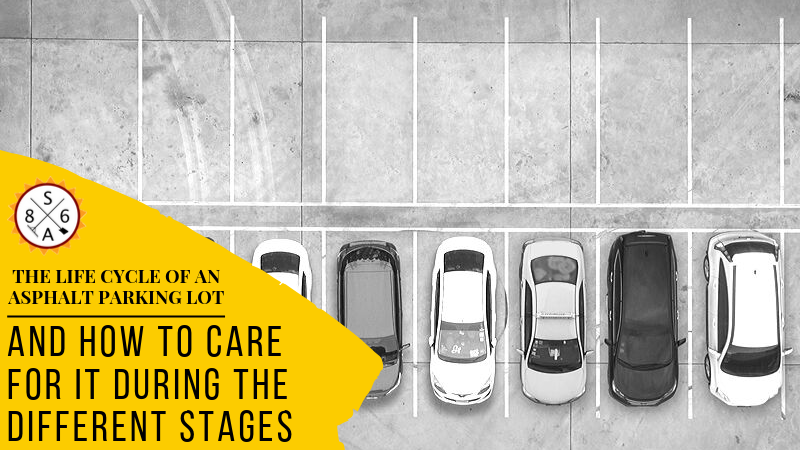
The Life Cycle of an Asphalt Parking Lot and How to Care for It During the Different Stages
Starting from the day it officially opens, an asphalt parking lot will progress through various stages, and as the owner or caretaker of one, you must be able to employ the maintenance measures necessary to prolong its life.
How much you need to do will vary depending on which stage of the life cycle of asphalt your parking lot is currently at. To understand more about what kind of asphalt maintenance methods you need to employ, please read on.
First Stage: Years 0 to 5
It will likely be a while before you have to do any kind of major maintenance on your asphalt parking lot beyond regularly cleaning it. Asphalt is a remarkably durable material and for at least the first five years, it should hold up very well.
Still, you can’t just turn a blind eye to the parking lot. What you need to watch for here are unexpected impacts that could significantly damage the surface of the asphalt.
Something heavy falling on the asphalt could cause cracking. It would be better to address that right way if you want to keep the surface in good condition for decades to come.
Second Stage: Years 5 to 7
At around the 5 to 7-year mark, you should see that the asphalt surface itself is still mostly in good shape, but this is also the point when smaller cracks may form.
Small cracks are inevitable, but they should not go unaddressed. Otherwise, they could be the reasons why your parking lot falls into disrepair sooner than expected.
Here is where you can employ maintenance measures such as crack sealing and seal coating.
Per Nashville.gov, crack sealing involves using hot-pour crack sealant on the asphalt. Meanwhile, seal coating refers to the maintenance method that utilizes both an asphalt emulsion coating and a coal tar sealer, according to The Balance.
Both methods are meant to patch up any openings that have emerged on the surface of the asphalt.
Third Stage: Years 7 to 15
Because of the maintenance measures you used in the second stage, the third stage of the asphalt life cycle should prove easy enough to navigate. Here, you may again have to perform crack sealing and seal coating to fix the noticeable blemishes that have shown up.
Given that this stage stretches across a longer period of time, don’t be surprised if you end up having to perform those maintenance measures more than once.
You may even have to perform some patch repairs. This will typically involve cleaning out the cracks and then filling them up with patching compounds.
Fourth Stage: Years 15 to 25
By the time you enter the fourth stage of the asphalt parking lot’s life cycle, you should be glad if all you have to do is just patch a few cracks. Chances are that the asphalt has been used enough that larger fissures have formed on it.
Crack sealing and seal coating may no longer be enough at this stage, and patch repair may be too inefficient to serve as a workable solution.
What you can do is either apply a new coat of asphalt to cover the larger cracks or perhaps resurface the entire parking lot.
You can enlist the help of a milling machine to remove the old asphalt and set a new surface in place with the aid of a paving machine.
Fifth Stage: Years 25 and Beyond
You are now in the final stage of the parking lot’s life cycle and here, the damage that has accumulated on the asphalt may simply be too significant. You can try resurfacing again, but inspect the parking lot closely first. There may be big enough gashes underneath the asphalt that resurfacing will not suffice.
To ensure the safety of everyone using the parking lot, the smart move here would be to look into not just introducing new asphalt but perhaps even rebuilding the structure itself.
Conclusion
The life cycle of asphalt can extend over decades, but it is important to remember that it will only last that long if you care for it properly. Pay close attention to the asphalt as it continue to age and use whichever measures necessary to keep it in the best condition possible.
Starting from the day it officially opens, an asphalt parking lot will progress through various stages, and as the owner or caretaker of one, you must be able to employ the maintenance measures necessary to prolong its life.
How much you need to do will vary depending on which stage of the life cycle of asphalt your parking lot is currently at. To understand more about what kind of asphalt maintenance methods you need to employ, please read on.
First Stage: Years 0 to 5
It will likely be a while before you have to do any kind of major maintenance on your asphalt parking lot beyond regularly cleaning it. Asphalt is a remarkably durable material and for at least the first five years, it should hold up very well.
Still, you can’t just turn a blind eye to the parking lot. What you need to watch for here are unexpected impacts that could significantly damage the surface of the asphalt.
Something heavy falling on the asphalt could cause cracking. It would be better to address that right way if you want to keep the surface in good condition for decades to come.
Second Stage: Years 5 to 7
At around the 5 to 7-year mark, you should see that the asphalt surface itself is still mostly in good shape, but this is also the point when smaller cracks may form.
Small cracks are inevitable, but they should not go unaddressed. Otherwise, they could be the reasons why your parking lot falls into disrepair sooner than expected.
Here is where you can employ maintenance measures such as crack sealing and seal coating.
Per Nashville.gov, crack sealing involves using hot-pour crack sealant on the asphalt. Meanwhile, seal coating refers to the maintenance method that utilizes both an asphalt emulsion coating and a coal tar sealer, according to The Balance.
Both methods are meant to patch up any openings that have emerged on the surface of the asphalt.
Third Stage: Years 7 to 15
Because of the maintenance measures you used in the second stage, the third stage of the asphalt life cycle should prove easy enough to navigate. Here, you may again have to perform crack sealing and seal coating to fix the noticeable blemishes that have shown up.
Given that this stage stretches across a longer period of time, don’t be surprised if you end up having to perform those maintenance measures more than once.
You may even have to perform some patch repairs. This will typically involve cleaning out the cracks and then filling them up with patching compounds.
Fourth Stage: Years 15 to 25
By the time you enter the fourth stage of the asphalt parking lot’s life cycle, you should be glad if all you have to do is just patch a few cracks. Chances are that the asphalt has been used enough that larger fissures have formed on it.
Crack sealing and seal coating may no longer be enough at this stage, and patch repair may be too inefficient to serve as a workable solution.
What you can do is either apply a new coat of asphalt to cover the larger cracks or perhaps resurface the entire parking lot.
You can enlist the help of a milling machine to remove the old asphalt and set a new surface in place with the aid of a paving machine.
Fifth Stage: Years 25 and Beyond
You are now in the final stage of the parking lot’s life cycle and here, the damage that has accumulated on the asphalt may simply be too significant. You can try resurfacing again, but inspect the parking lot closely first. There may be big enough gashes underneath the asphalt that resurfacing will not suffice.
To ensure the safety of everyone using the parking lot, the smart move here would be to look into not just introducing new asphalt but perhaps even rebuilding the structure itself.
Conclusion
The life cycle of asphalt can extend over decades, but it is important to remember that it will only last that long if you care for it properly. Pay close attention to the asphalt as it continue to age and use whichever measures necessary to keep it in the best condition possible.

